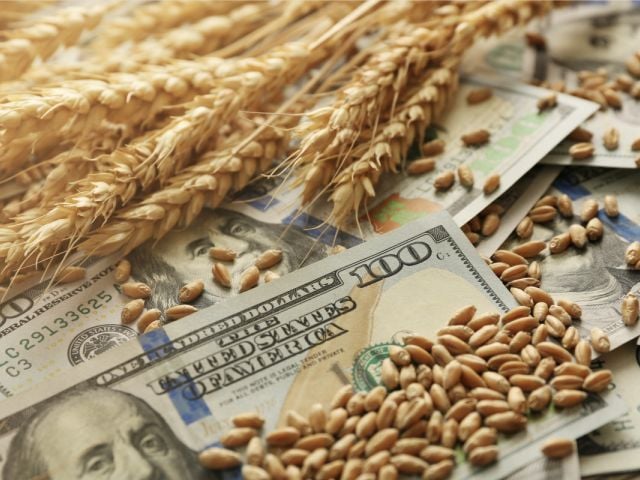MINNEAPOLIS – Cover crops, which help control water pollution from farm runoff, remain a little-used tool on Midwestern farmland, despite almost 100 years of science showing its value, according to a new Environmental Working Group study. EWG said that although cover crops can provide tremendous conservation benefits, their potential to significantly address the climate crisis is doubtful.
According to EWG’s geospatial analysis, in 2019, only one in every 20 acres of corn and soybeans in Illinois, Indiana, Iowa and Minnesota – 3.2 million out of 68 million total – were protected by planting cover crops, a simple conservation practice involving grass or other vegetation that holds soil in place and absorbs unused fertilizer.
“Scientists have known since the Dust Bowl how valuable cover crops are for protecting water, soil and air quality,” said Soren Rundquist, EWG’s director of spatial analysis and lead author of the report. “Cover crops can also alleviate some of the effects of severe storms associated with the accelerating climate crisis. But farmers just aren’t planting them on enough acres to drive these benefits in any meaningful way.”
EWG has analyzed cover crop usage in Illinois, Iowa and Indiana biennially since 2015. From 2015 to 2017, use of cover crops in the three states grew, but their implementation slowed markedly between 2017 and 2019. Minnesota was a new addition to the 2019 study just released.
The newest analysis shows that cover crops are still used on only a small share of farmland in the four states. Indiana had the highest percentage of cover crop area (9.2 percent), followed by Iowa (4.2 percent), Illinois (3.9 percent) and Minnesota (3.8 percent).
The Department of Agriculture and industry interest groups have recently proposed that farmers should be paid to plant cover crops to capture carbon as a strategy to combat the climate crisis.
By reducing flooding and soil loss, cover crops can help safeguard soil, water and people from the dangerous weather caused by the climate emergency. But they have limited potential to produce the large, reliable and quick reductions of emissions urgently needed to slow climate disruption.
A 2018 study by dozens of researchers at nonprofit organizations, universities and government agencies estimated that planting cover crops on 217 million acres of cropland – 14 times USDA’s estimates of cover crops planted nationally – might bank enough carbon to offset just 1.6 percent of all U.S. net emissions.
Other research suggests that any carbon capture benefits of cover crops are effective only as long as the land remains covered and untilled. Yet EWG’s study found that, in the three states surveyed for three consecutive years, only one in every six acres was protected by cover crops in both 2017 and 2019, and only one in 17 acres was protected in 2015, 2017 and 2019.
Meanwhile, the scale of cover crops use remains dramatically below what is needed to significantly reduce fertilizer runoff and soil loss – causes of tap water contamination, toxic algae outbreaks and the annual Gulf of Mexico “dead zone,” as well as what some scientists think is the growing likelihood of a new Dust Bowl.
“To protect the environment and human health, the federal government should boost funding for conservation programs to get cover crops on far more acres, as fast as possible,” Rundquist said. “But even widespread planting of cover crops simply will not solve the climate crisis.”
Most conservation funding is allocated through the federal farm bill, an omnibus piece of legislation reauthorized about every five years. A new farm bill could be passed as early as 2022.
###
The Environmental Working Group is a nonprofit, non-partisan organization that empowers people to live healthier lives in a healthier environment. Through research, advocacy and unique education tools, EWG drives consumer choice and civic action. Visit www.ewg.org for more information.


